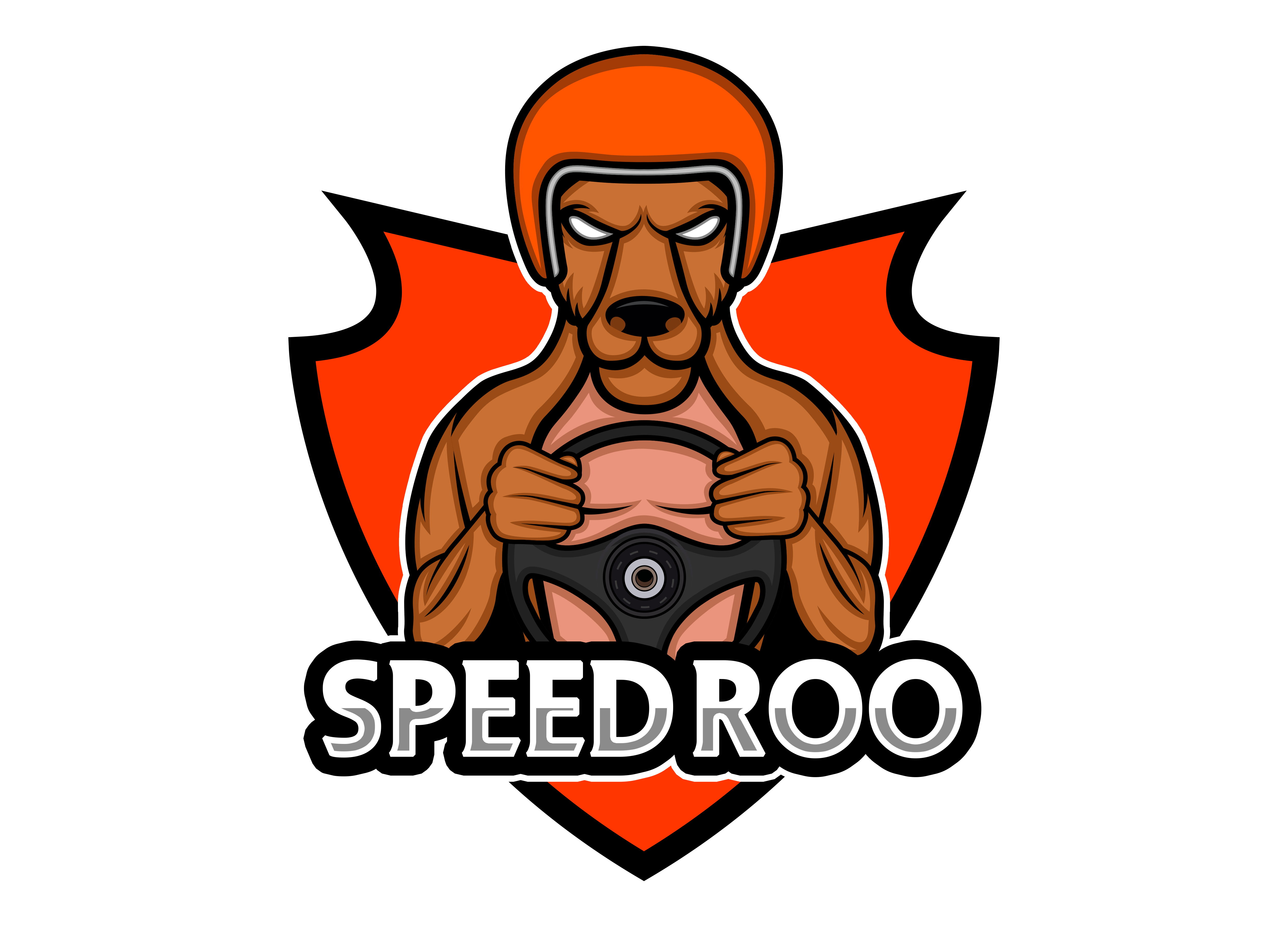Welcome to the exciting world of iRacing! As a newcomer, you may have heard about the concept of iRating and how it affects your experience in this virtual racing platform. If you’re feeling a bit overwhelmed or confused, don’t worry – you’re not alone.
In this blog post, we’ll break down the basics of iRating and help you understand how it works. So buckle up, get ready to learn, and let’s decode iRacing together!
Understanding the Concept of iRating in iRacing
Let’s dive into the concept of iRating in iRacing. iRating is essentially a skill-based rating system used by iRacing to match racers against opponents of similar skills. Think of it like your virtual racing resume, showcasing your racing prowess and experience. It’s calculated by a complex algorithm that takes into consideration your race performance, including your victories, defeats, and even your conduct on the track.
Unlike most traditional video games, where you level up by playing for hours on end, iRacing’s iRating system focuses more on the quality of your races rather than the quantity. Every race you participate in affects your iRating, and therefore, your standing in the iRacing community. To simplify, if you win or perform well, your iRating increases, while a poor performance or loss can decrease your iRating.
Remember, iRacing is not just about speed, it’s about strategy, precision, and consistency. Making clean passes, avoiding accidents, and demonstrating a high level of racecraft can positively impact your iRating. So, while you are pushing the pedal to the metal, keep an eye on your driving conduct too.
The iRating system encourages racers to improve their skills and become better virtual drivers, making the iRacing platform a competitive and rewarding experience for all. The more you race, the more accurate your iRating becomes, so never shy away from a challenge!
How iRating is Calculated: The Basics
Unraveling the complexity of iRating calculations requires understanding some fundamental aspects of iRacing. As mentioned earlier, iRating isn’t just about how often you race, but how well you perform. So, how exactly is it calculated? Let’s start with the basics.
iRacing utilizes a formula influenced by the Elo rating system, originally designed for chess games. Every time you participate in an official iRacing race, your iRating may go up or down based on your performance relative to the other racers.
The iRacing system considers the iRatings of all the drivers in the race, their finishing positions, and their expected finishing positions based on the iRating. Simply put, beating higher iRated drivers gives you a substantial boost, while losing to lower iRated drivers might decrease your iRating. If you perform as expected (i.e., you beat the drivers you’re supposed to beat and lose to those you’re expected to lose to), your iRating will likely stay more or less the same.
It’s also essential to note that the number of iRating points gained or lost after a race doesn’t solely depend on your performance. It also depends on the Strength of Field (SoF) – a concept we’ll explore more in the next section.
Remember, iRacing’s iRating system showcases your skill and adaptability, not just your ability to cross the finish line first. It encourages racers to compete against drivers of similar skill levels and strive to improve, making every race a thrilling and challenging experience.
What are Splits in Each Race Series
When you’re revving your engine at the start line of an iRacing event, you may not always be racing against everyone who’s registered for that particular race. When there’s a large number of participants registered for a race, the field is split into multiple races, each called a ‘split’.
Now, which split you find yourself in isn’t just a roll of the dice. It’s a calculated decision made by the iRacing system based on several factors. Factors such as your iRating, internet latency, and even who your friends are can influence which split you are assigned to. However, among these factors, your iRating carries the most weight in determining your race assignments.
This means that the higher your iRating, the more likely you are to find yourself in a split with similarly skilled drivers, intensifying the thrill of competition. A bit of suspense is added to the mix, as you won’t know who you’re up against until the last moment. It’s not until the countdown timer hits zero and you hit the JOIN button that you discover who your rivals are.
But fret not, once you’re in, there’s a quick way to check out your competition. After the simulation has loaded, simply click on the ‘ENTRIES’ tab to see who’s in your session, gearing you up for an exciting race ahead. So next time you join a race, keep in mind that your iRating isn’t just about bragging rights; it’s a key component in shaping your iRacing journey, determining who you race against, and setting up thrilling competitions in each split.
Earning and Losing Points: A Closer Look
So, we’ve talked about how iRating is calculated, but let’s delve a bit deeper into the dynamics of earning and losing iRating points. As you’ve learned, victories and solid performances can earn you more iRating points, but what happens when the tables turn?
If you find yourself having an off day and finish lower than expected, your iRating can take a hit. If you consistently finish races in positions lower than your expected finishing position, your iRating will decrease over time. This isn’t a punishment, but rather a way to align you with racers who match your skill level, ensuring a balanced and competitive racing environment.
Furthermore, if you’re a high iRated driver and you finish lower than expected in a race with a low Strength of Field (SoF), the point loss can be significant. Conversely, finishing higher than expected in a high SoF race can give your iRating a healthy boost. Remember, it’s not just about winning or losing, but how you perform against your expectations. Keep these dynamics in mind as you continue to navigate your iRacing journey.




